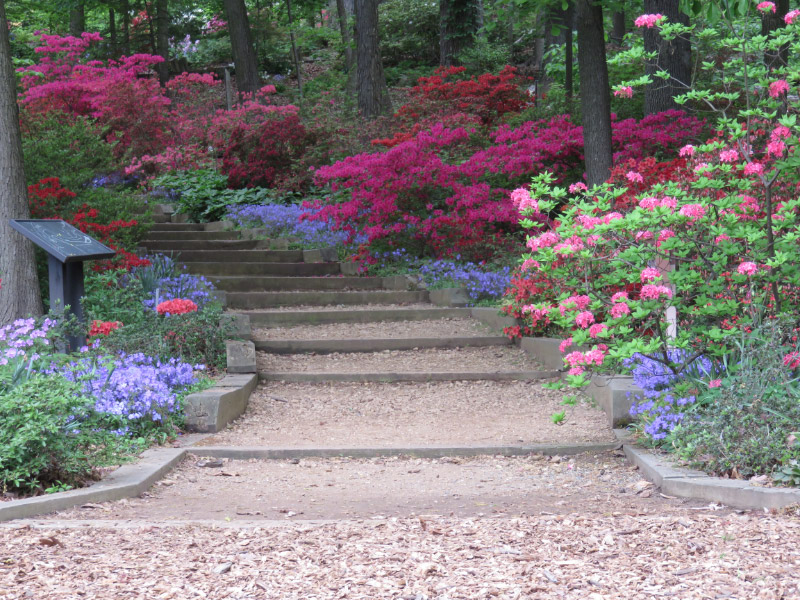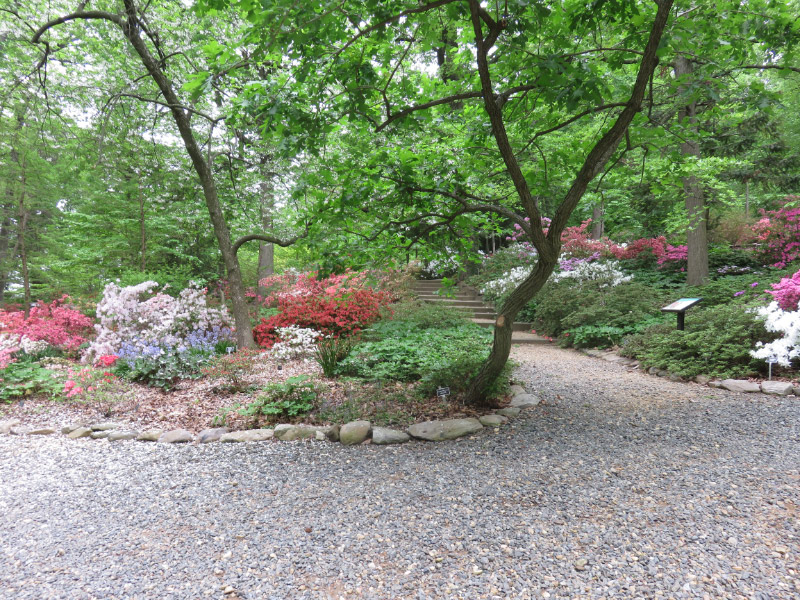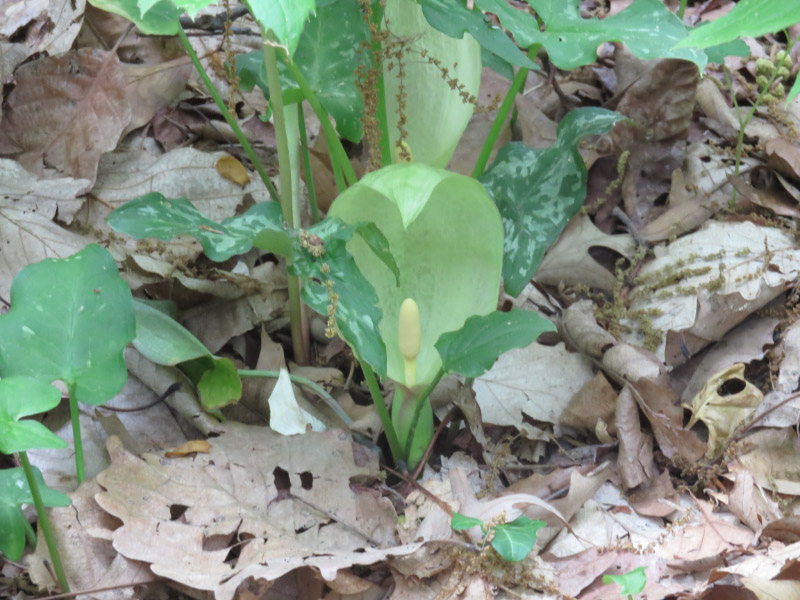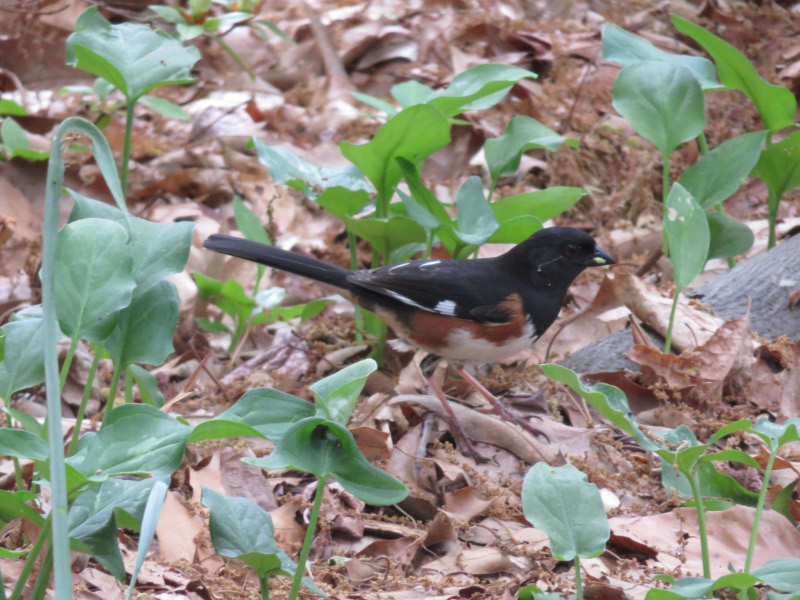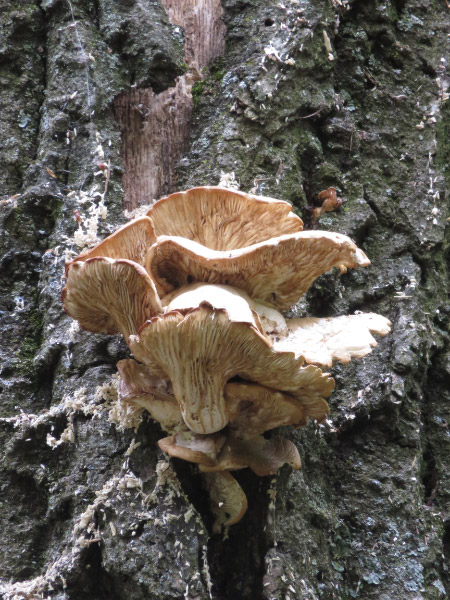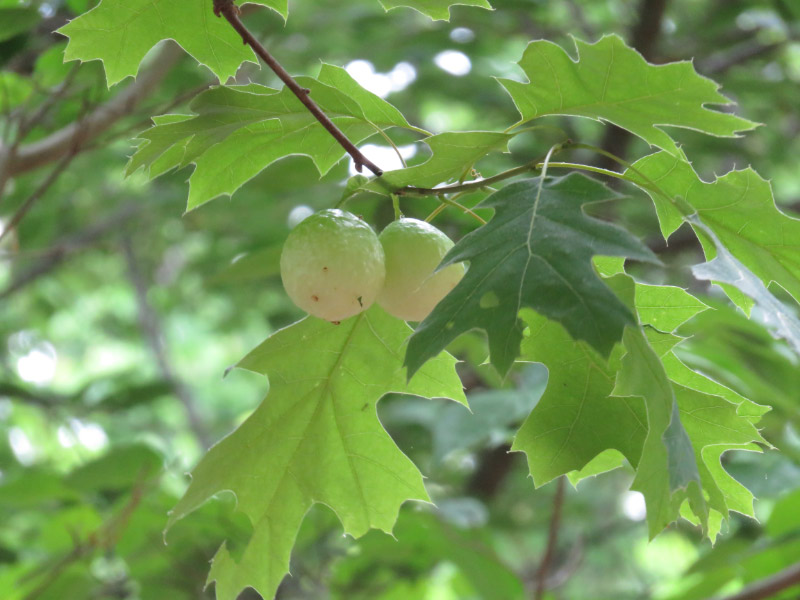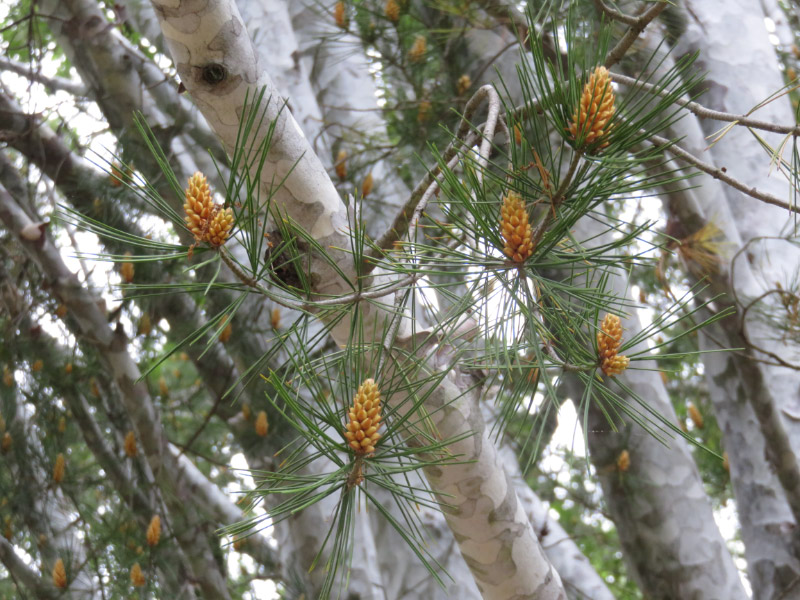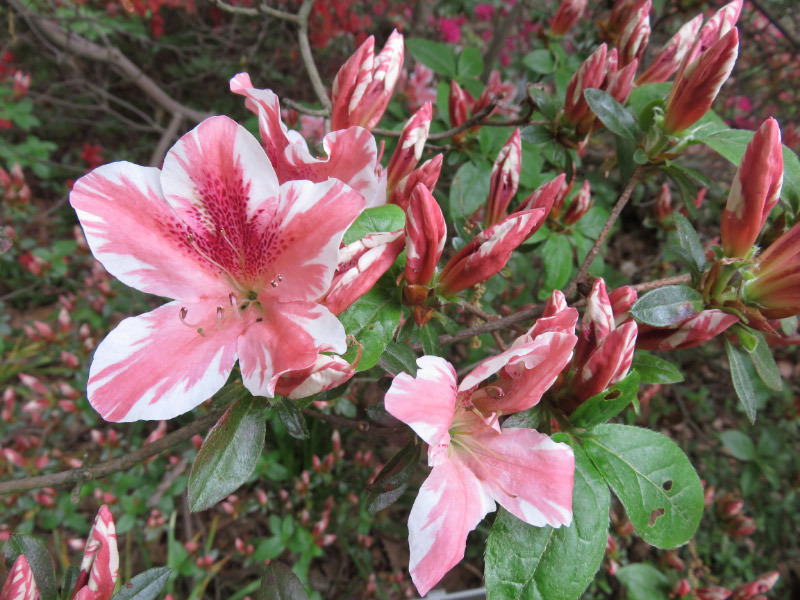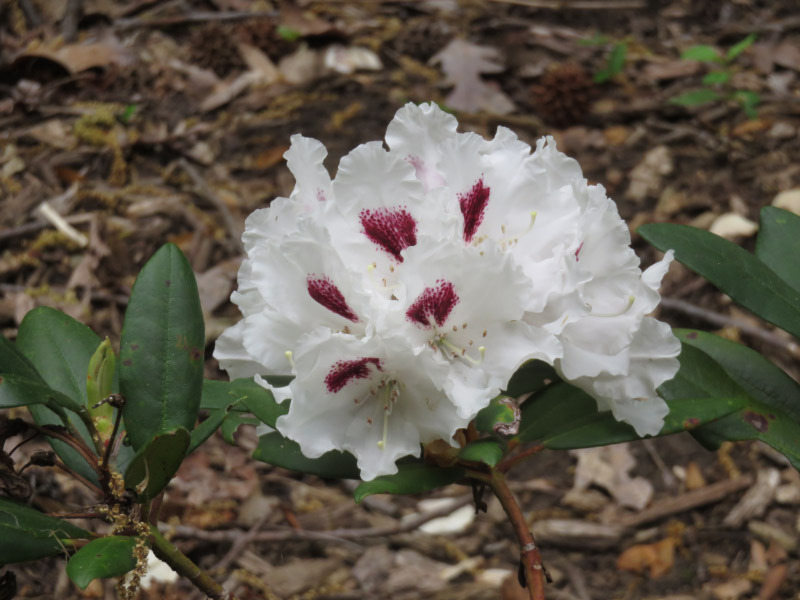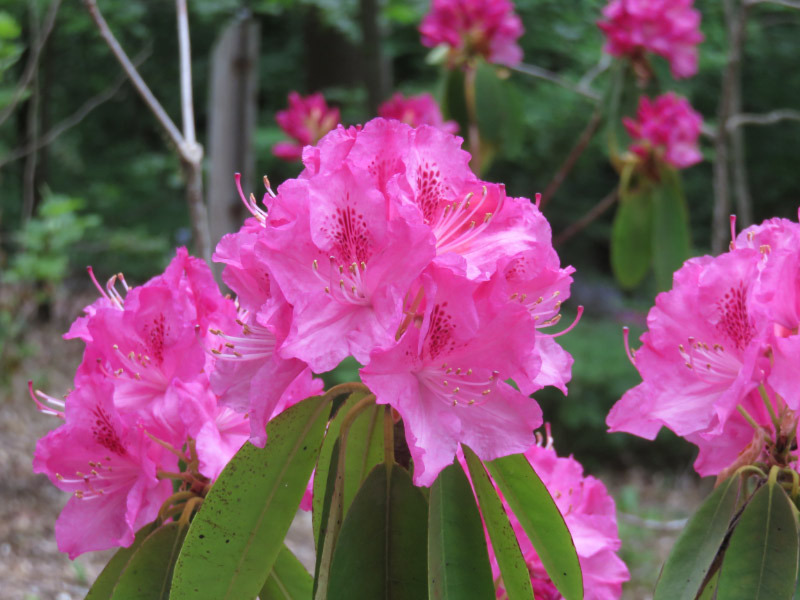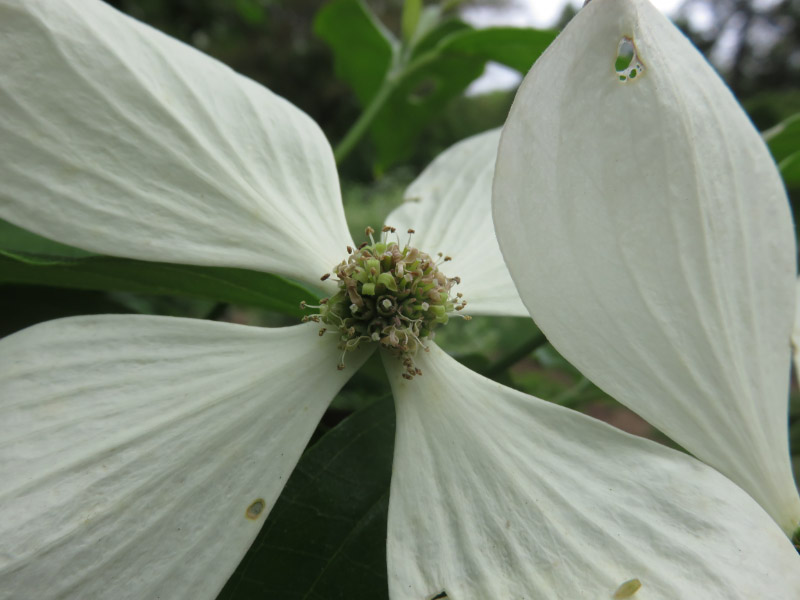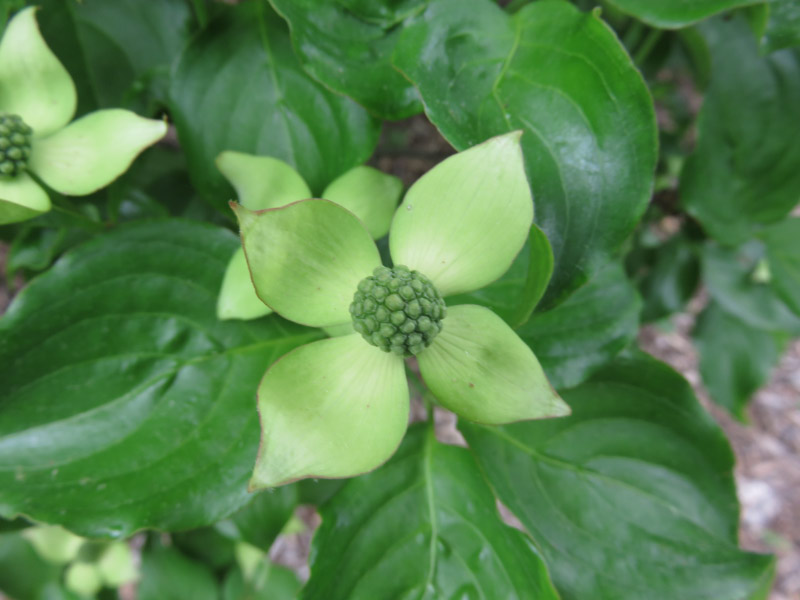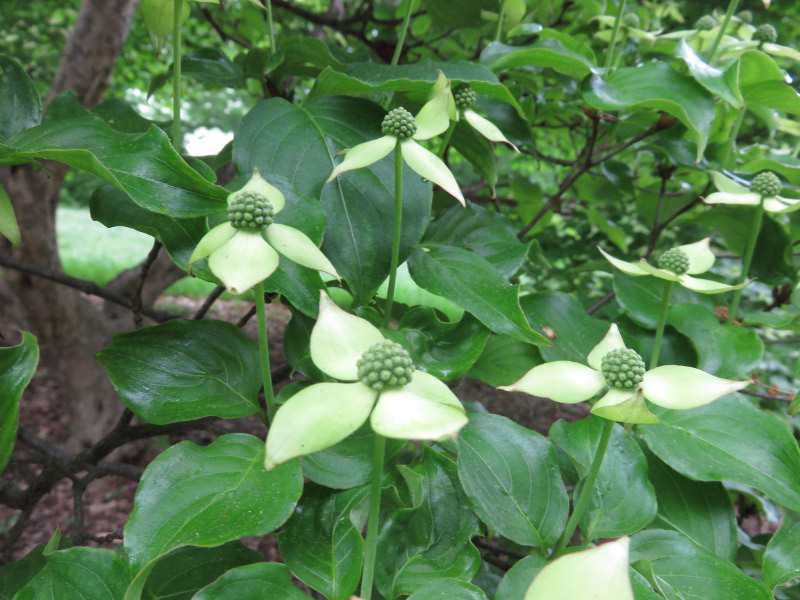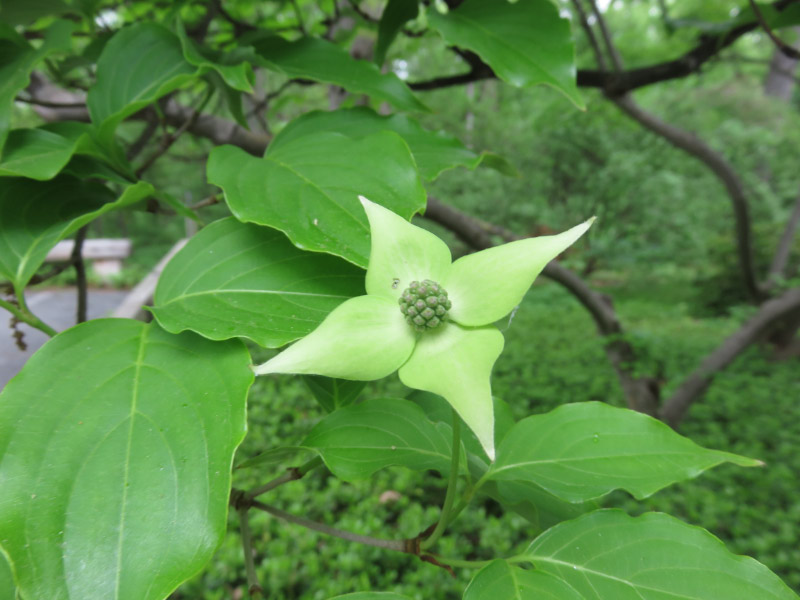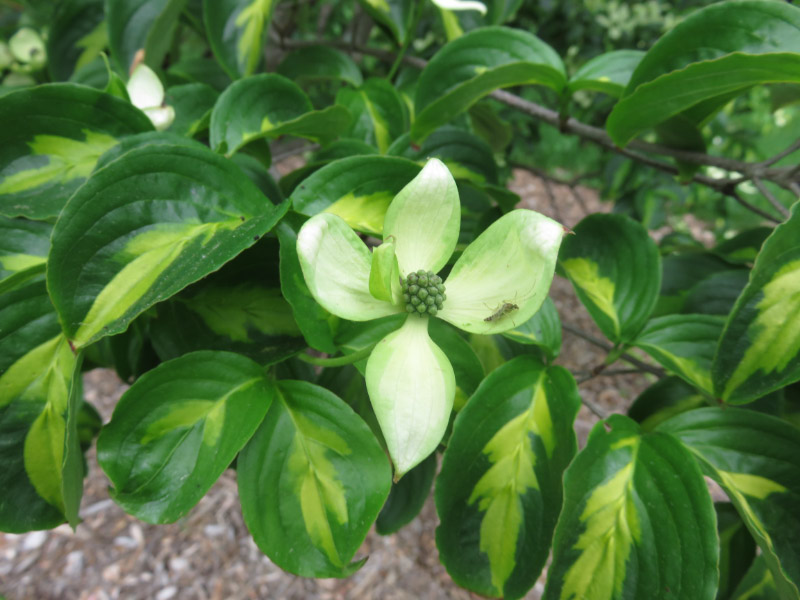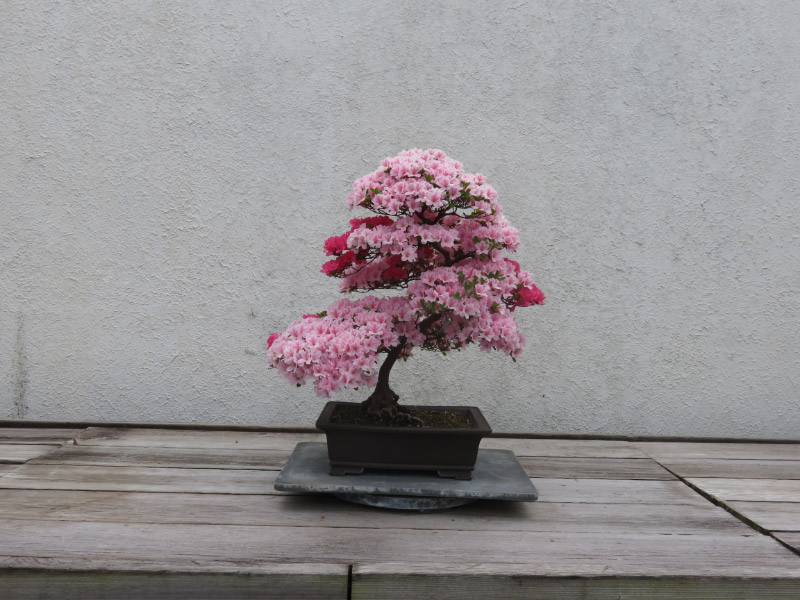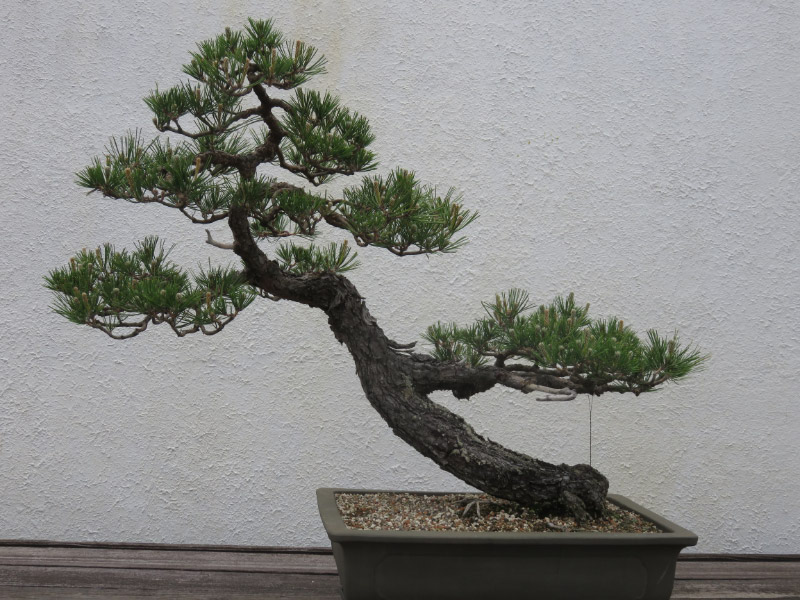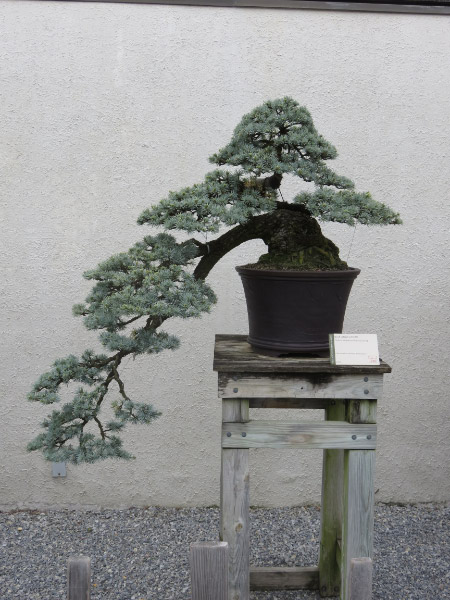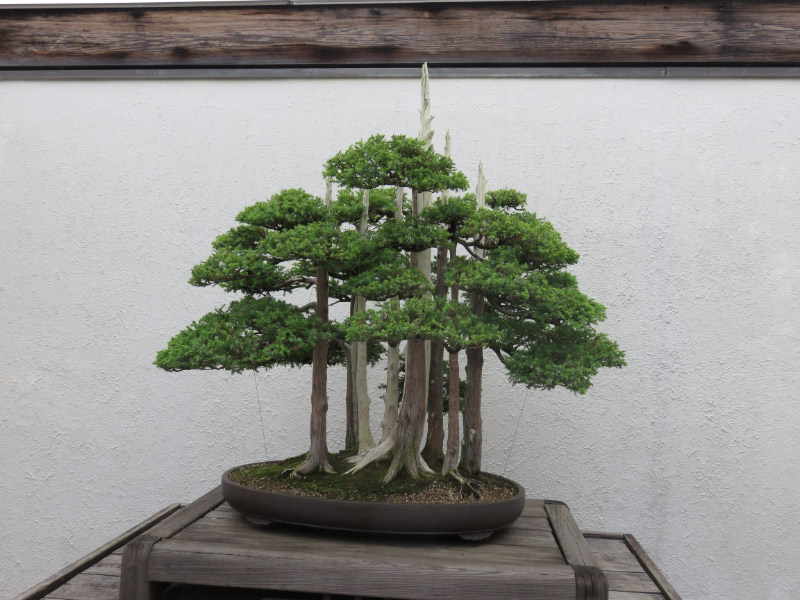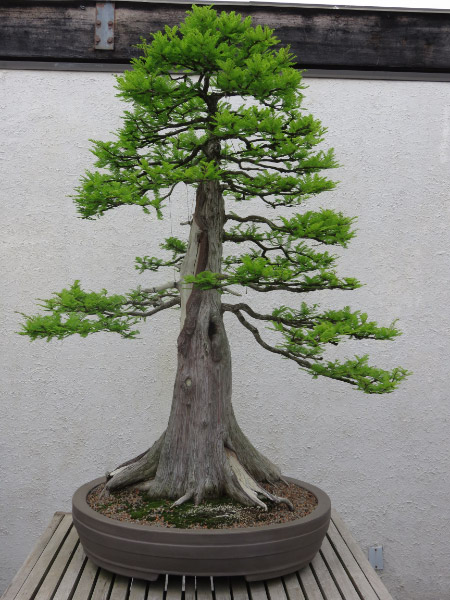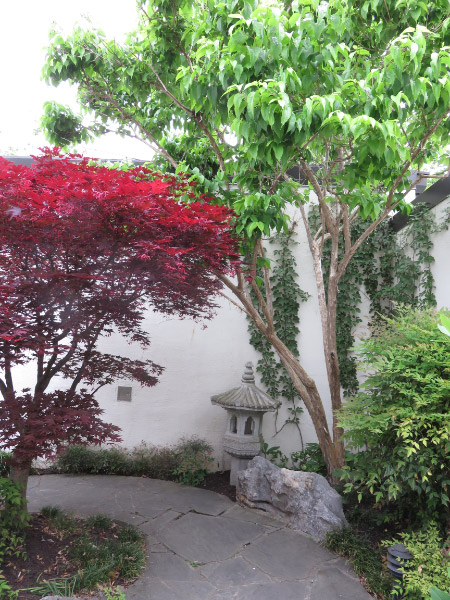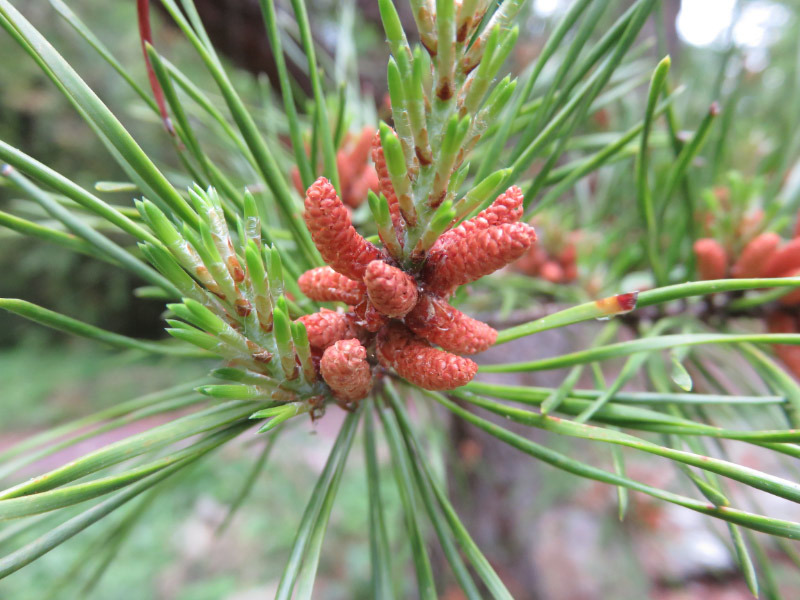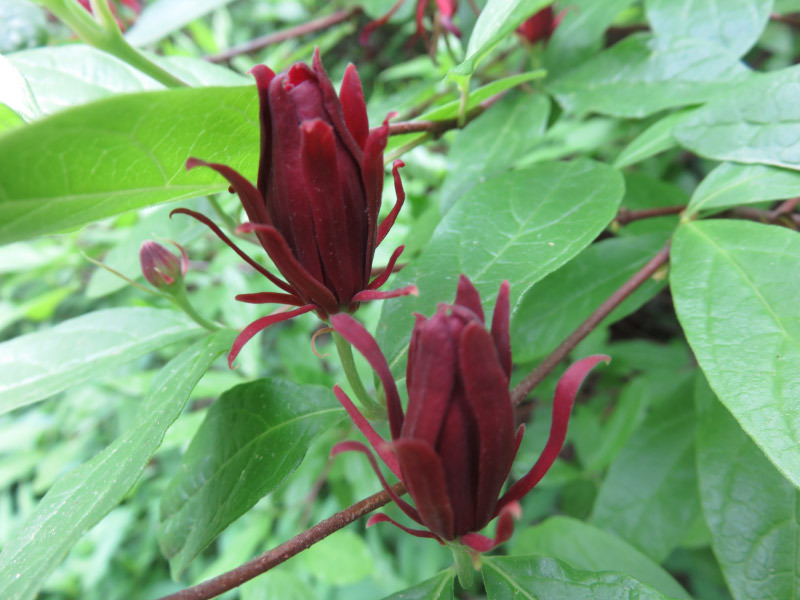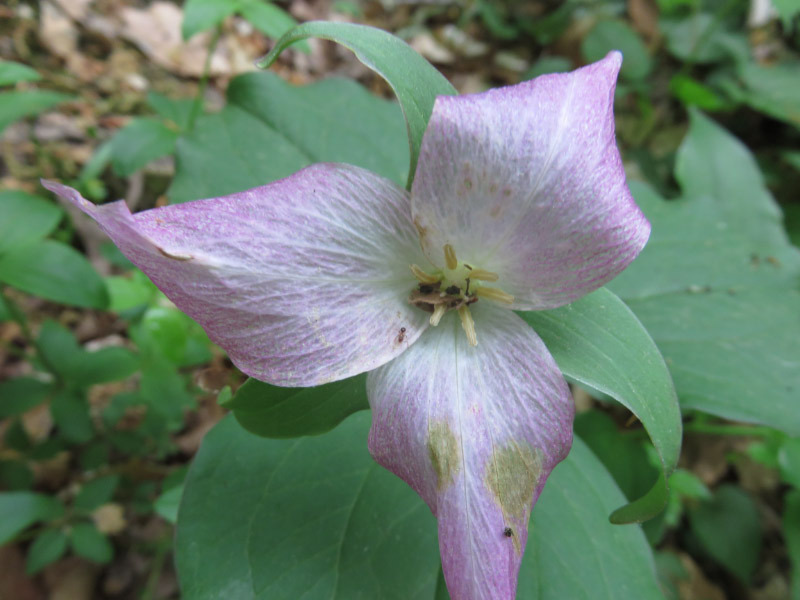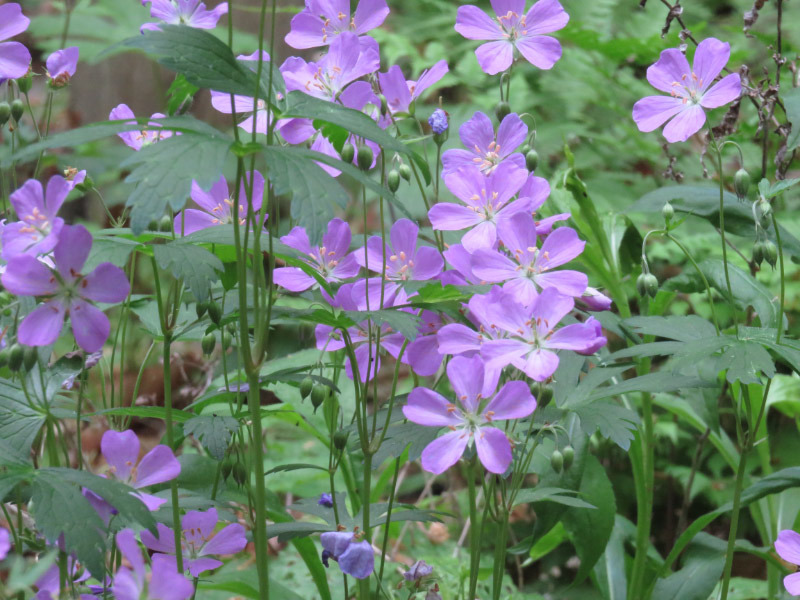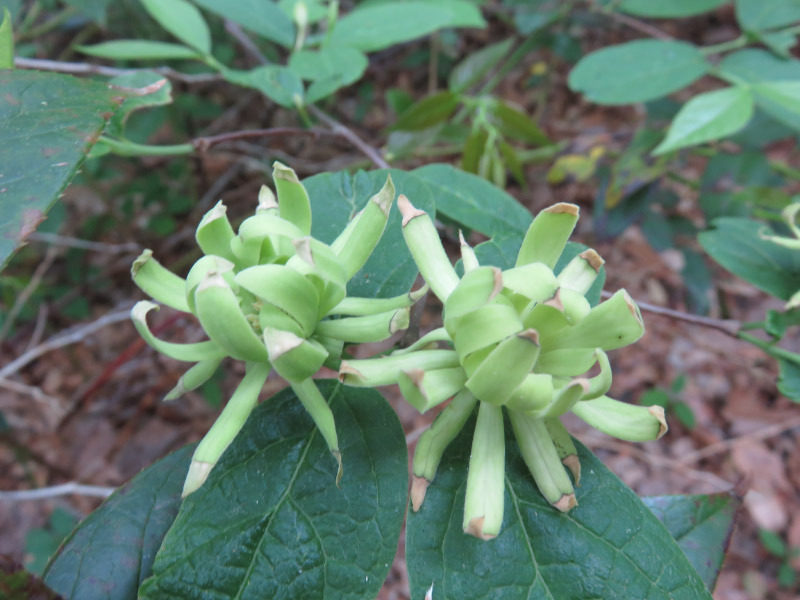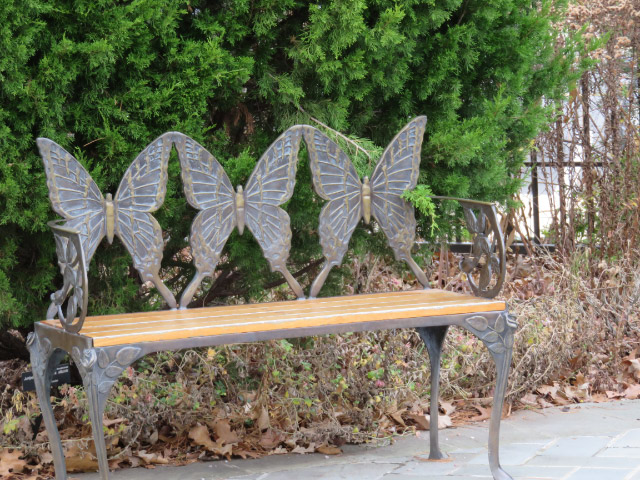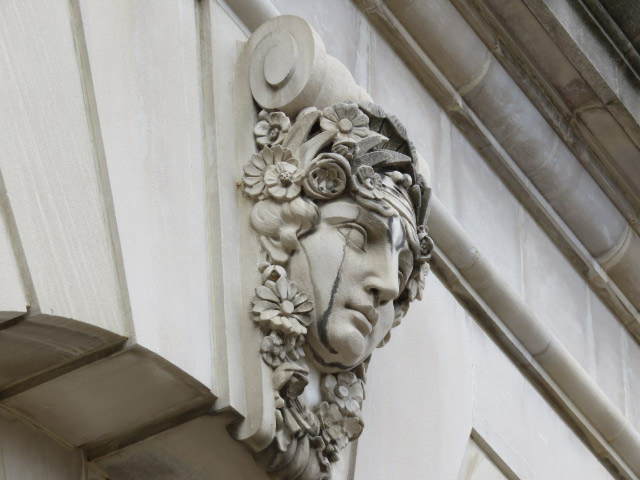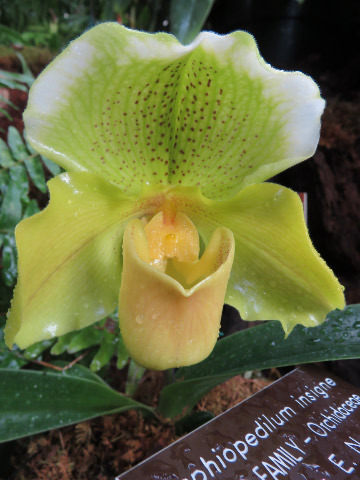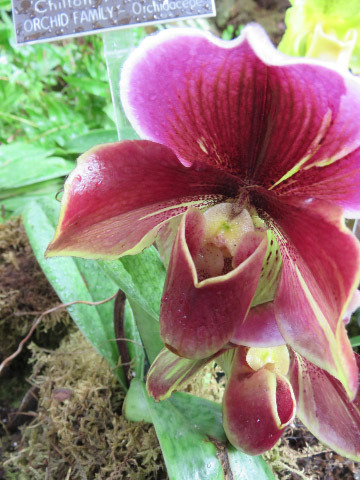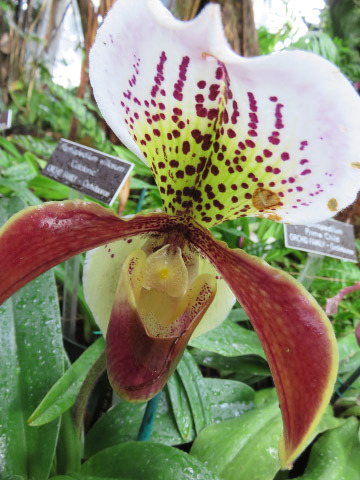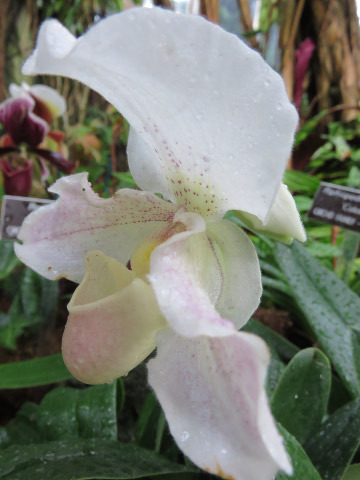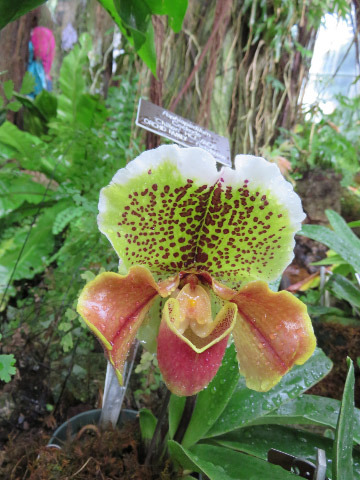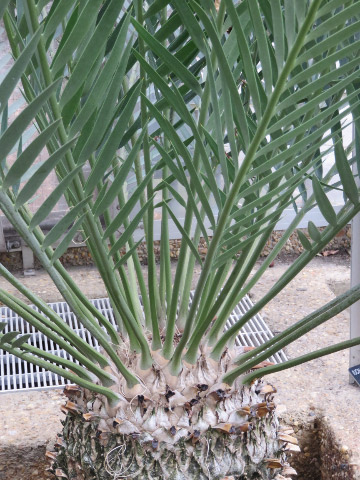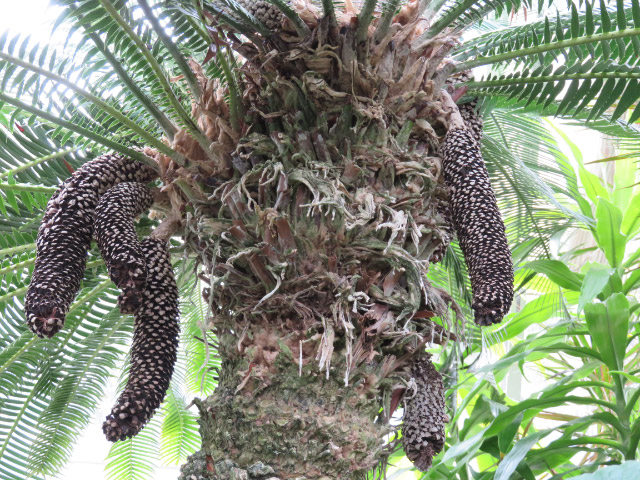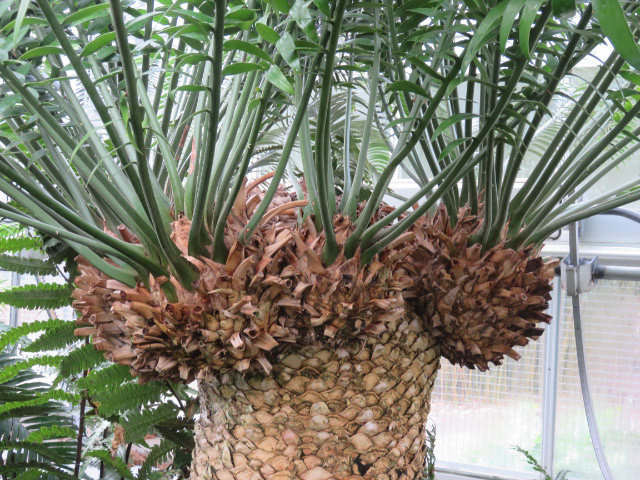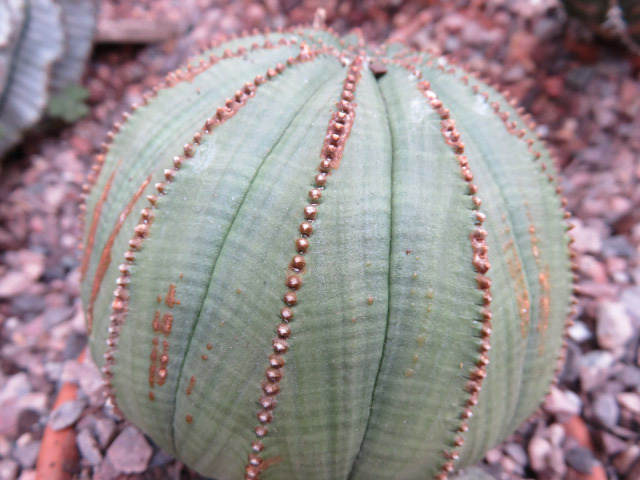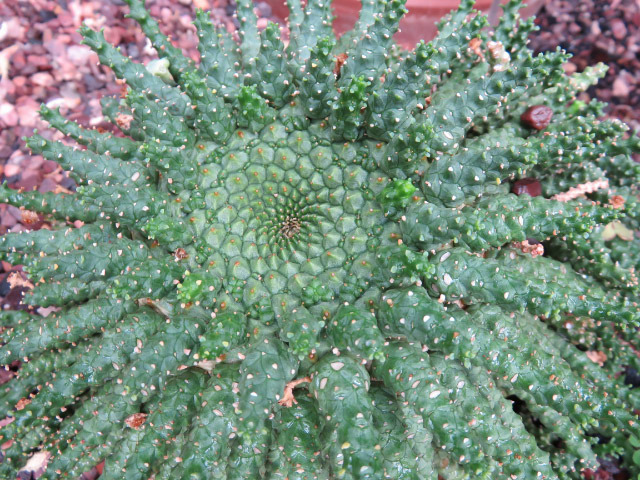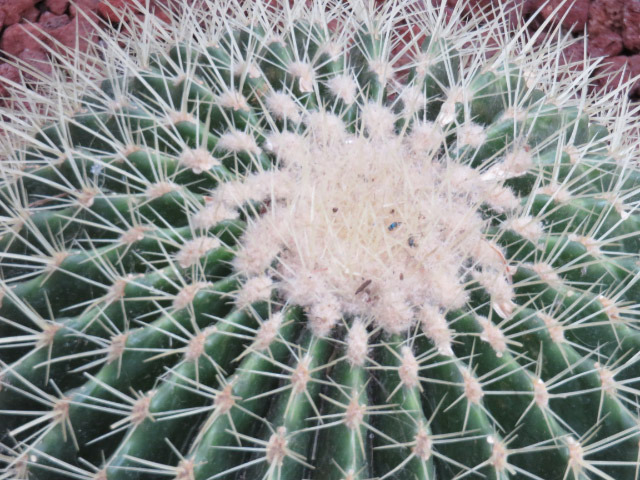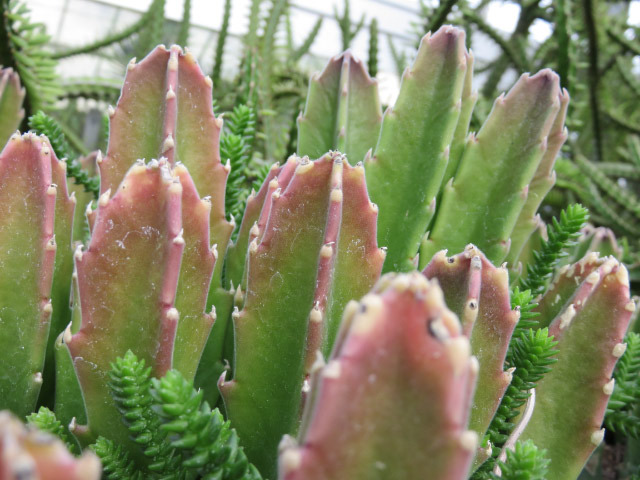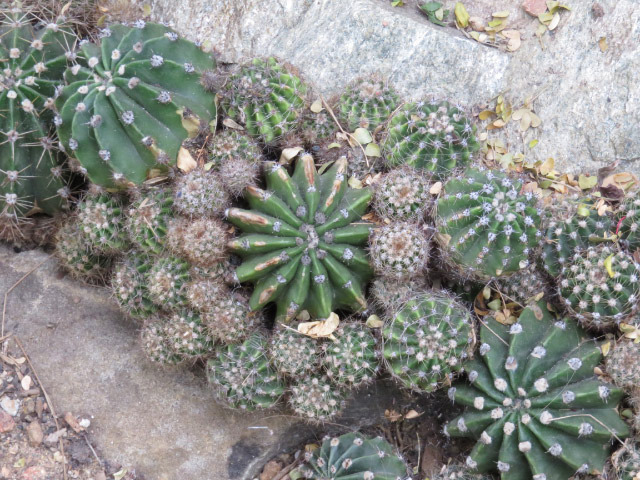Gleanings of the Week Ending August 8, 2015
/The items below were ‘the cream’ of the articles and websites I found this past week. Click on the light green text to look at the article.
Washington, DC sinking fast, adding to threat of sea-level rise - Evidently the sinking is not due to human influence (like groundwater withdrawals)…but the effect of the long ago glacier further north --- a bulge under the Chesapeake Bay from the weight of the ice sheet that covered the area north of Long Island NY. The bulge is now settling back down and will continue to settle for a long time to come.
Money Talks: New Climate Pledge Enlists 13 US Businesses worth $2.5 Trillion - The American Business Act on Climate Pledge. The companies are big ones: Alcoa, Apple, Bank of America, Berkshire Hathaway Energy, Cargill, Coca-Cola, General Motors, Goldman Sachs, Google, Microsoft, PepsiCo, UPS, and Walmart.
Why to babies laugh out loud? - Lots of people (Darwin was one) have been interested in the question. This article talks about a recent study. One finding: babies are far more likely to laugh when they fall over, that when someone else does.
NRDC: EPA’s Clean Power Plan Is Economically Beneficial for USA Due To Health Benefits - The Natural Resources Defense Fund report can be found here. Some of the focus areas in the report are: extreme weather, the health imperative, benefits (which far outweigh the costs), business opportunities, and the moral imperative.
The Healthiest Cities in the US - The criteria for choosing these cities is interesting. But does having higher percentages of people with insurance always mean a city is ‘healthier’ than a city that does not? I am not convinced.
Bering Sea hotspot for corals and sponges - Endangered by bottom trawling…maybe before we even fully know they are there. The research points to Pribilof Canyon as an area that could be conserved without disproportionately impacting the commercial fishing industry.
A Simple Guide to Neurotransmitters - You’ve probably heard the names of the neurotransmitters - the graphic provides a nice summary of their role and structure.
The Wild Alaskan Lands at Stake If the Pebble Mine Moves Ahead - A photo gallery from this area of Alaska.
Black Bears of Yosemite National Park - Includes a video…with lots of bear action about what happened when the park closed the trash heaps in the 1970s….and the continued challenge to keep bears from becoming acclimated to getting people food
Growth (2015) - I enjoyed this video. It is just a little over 15 minutes long...photographyed from overhead.

